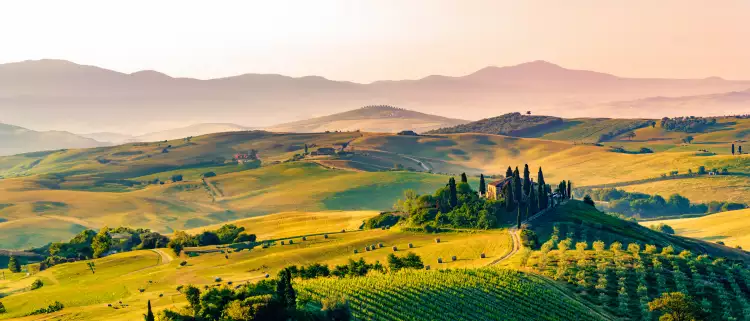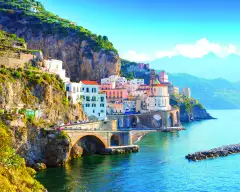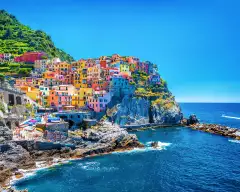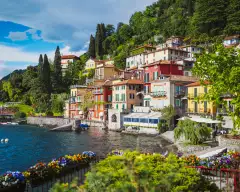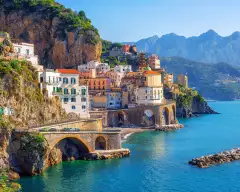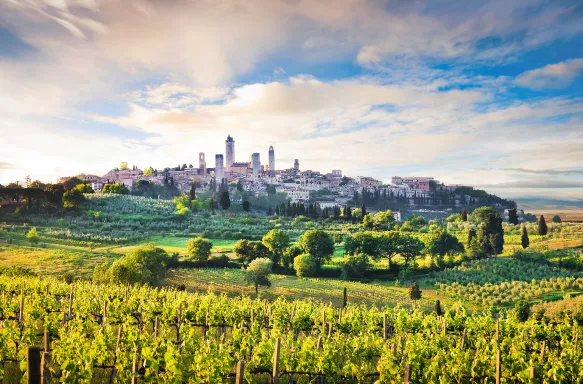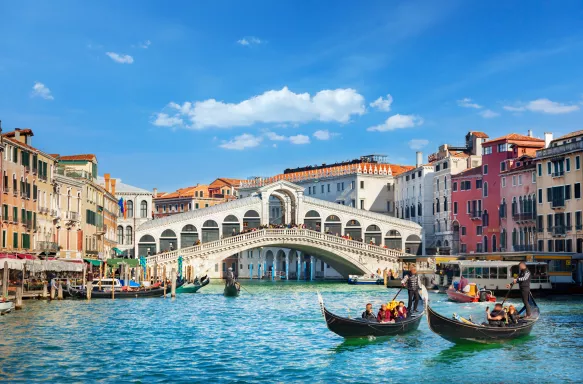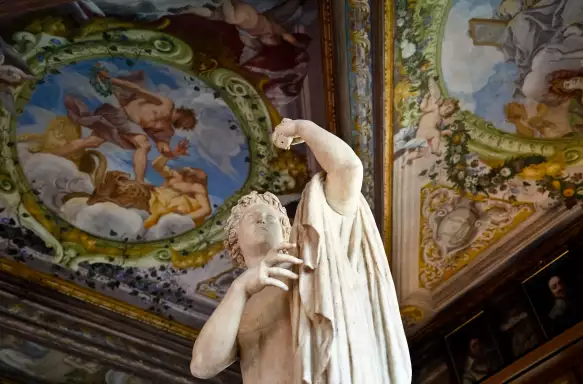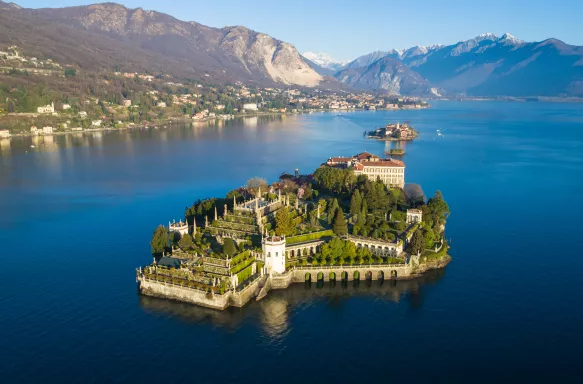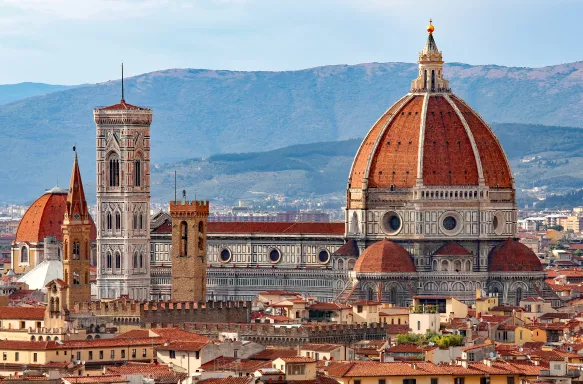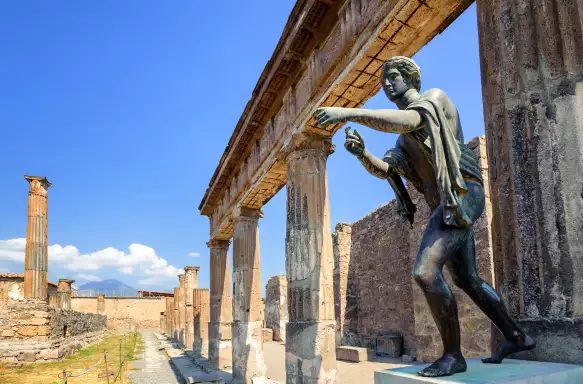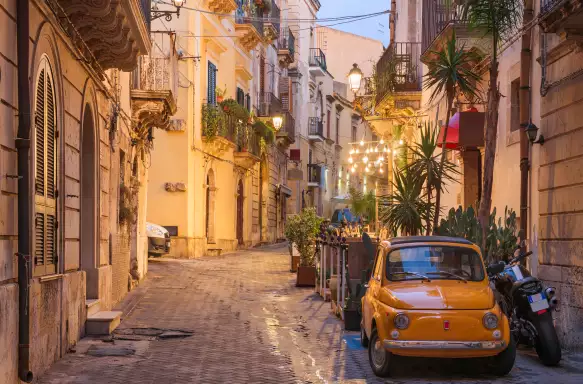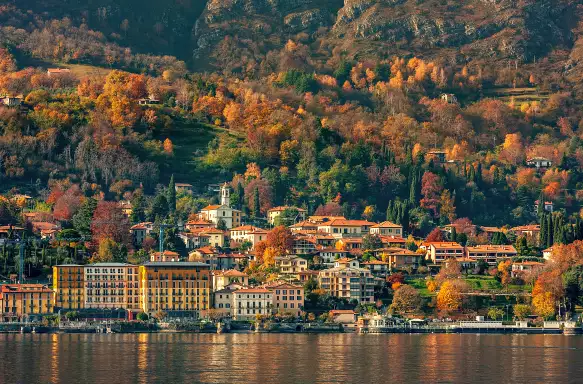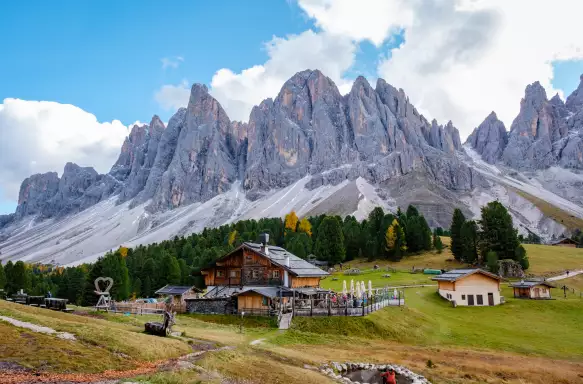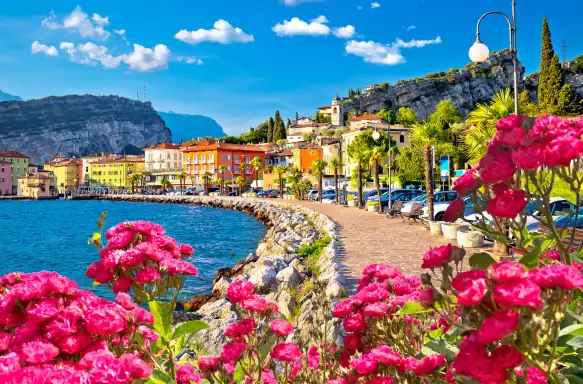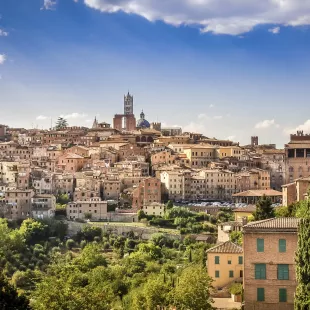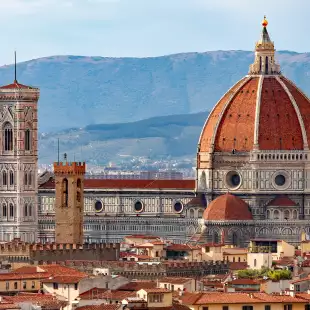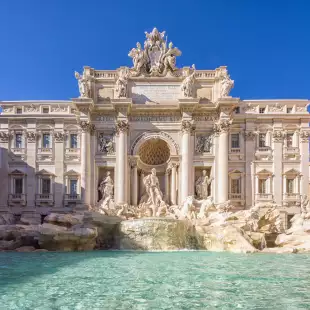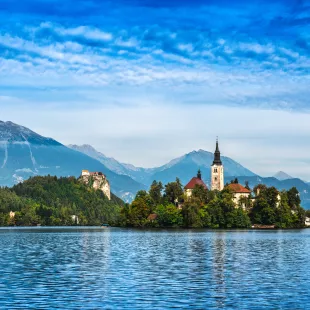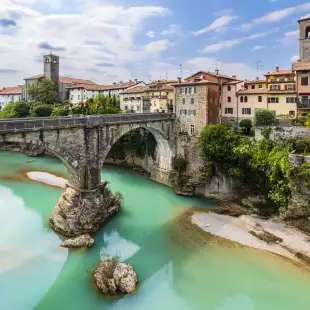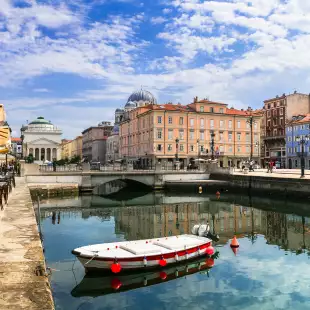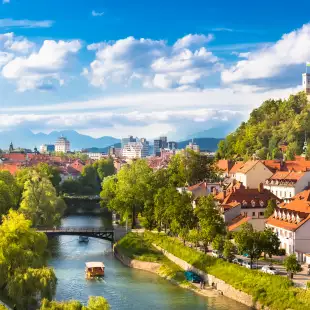Italian holidays offer such varied, unforgettable experiences; it’s no surprise Italy is a hugely popular destination for all ages.
The country is famous for some of the world’s most famous iconic works of art, its dazzling architecture, iconic monuments and spectacular natural beauty.
Bustling cities like Rome, Florence and Venice are packed with history and numerous must-see sites. From the Renaissance architectural delights of Florence and Rome’s fascinating historic highlights to Venice’s elegant canal culture, there’s a lot to fall in love with.
Away from the buzz of city life, there’s the tranquil, pristine beauty of the Italian Lakes or the rugged coastline of the Bay of Naples to enjoy. Wherever you choose to begin your Italian holiday, you can expect a warm welcome and out-of-this-world cuisine worthy of a return trip.
Take a look at our expert-written guide to Italy, offering helpful recommendations for every type of traveller, from culture vultures to adventurers. Here, we share the best times to visit, essential travel tips, and must-see destinations, as well as insider tips from the Riviera Travel team.
Top things to see and do in Italy
There are many amazing things to see and do when on an Italian holiday. Potential highlights include:
- Lovers of Renaissance art should head to the Uffizi Gallery in Florence, which houses an outstanding collection of ancient sculptures and paintings by artists including Piero della Francesca, Botticelli, Michelangelo and Caravaggio.
- A trip to the Bay of Naples gives a fascinating insight into Italy’s volcanic landscape. Hike through Vesuvius National Park, to the world-famous active volcano, or take a step back in time on a trip to the archaeological ruins of Pompeii.
- Visit Venice to take in the sights from the water on a guided gondola ride, before soaking up the culture at the city’s La Fenice opera house. For an unforgettable trip, visit during Venice’s vibrant Carnival, typically held from mid-Feb to early March.
- Pisa, is a city famous for its leaning tower. Located in the Piazza dei Miracoli (the Square of Miracles) the tower defines belief, leaning at an angle of 3.99 degrees.
To learn more about where to go in Italy, read our Sicily travel guide and our guide on Things to Do in Italy.
Best time to visit Italy
Italy has something to offer at any time of the year, but to make the most of the comfortable temperatures and smaller crowds, we’d recommend travelling in spring (April to June) or autumn (September to October). Read our guide on The Best Time to Visit Italy.
Dos and don’ts when visiting Italy
It’s important to be considerate of any country’s customs when visiting them as a tourist. With that in mind, you may be wondering how to act and behave when taking holidays in Italy. Tips to bear in mind include:
- Always ensure that you’re carrying some cash. Whilst credit and debit cards are widely accepted, some businesses, such as street vendors, may only accept cash.
- Check both ways before crossing the street. This may sound like an obvious tip, but some drivers don’t always stop when they’re meant to, so it’s better to always be sure it’s safe to cross.
- Don’t order tap water in restaurants, as it’s considered rude. If you want water, order bottled water instead.

What to eat in Italy
Italians love their food, and it’s embedded in the country’s culture. Home to some of the world’s most beloved dishes, like pizza and pasta, Italy is a dream come true for foodies. While the focus is always on fresh, local and in-season ingredients, different regions have their own speciality dishes.
To read more about Italian food, check out our guide on why fresh pasta can make your holiday to Italy memorable or click on the article below that discusses the best cities to visit for authentic Italian cuisine.

You can’t go to Italy without enjoying some authentic gelato, pasta or pizza, but there are other specialities you should also consider. Fiorentina Steak, arancini (stuffed, deep-fried rice balls), ribollita (a hearty vegetable and bread soup) and truffles, are all hugely popular dishes, and with good reason.
From pizza and pasta to tasty desserts, Italy is a haven for food lovers.
Where to stay when visiting Italy
Where to stay when taking an Italian holiday depends on your own interests and where exactly you want to visit. Potential highlights include:
- The historic cities of Rome and Florence. From the iconic sights of the Parthenon, Colosseum and Duomo, to discovering Renaissance gems at every turn, it’s hard not to fall for these beautiful cities.
- The romantic city of Venice, with its maze of canals and ancient streets, and otherworldly feel.
- Touring the Italian Lakes. Each with its own distinct personality, from the glamour of Lake Como to the peacefulness of Lake Orta, there is something for every kind of traveller. Read our useful guide on 10 of the Best Places to Visit in Italy.
Health & safety advice for travelling to Italy
It’s safe to drink tap water in Italy – in fact, there are many public taps around major cities, where you can refill your own water bottles. The water supply in Italy is strictly monitored and regulated by the government – and if the tap water isn’t suitable for drinking there will be clear signs explaining this (acqua non potabile). Bottled water is relatively inexpensive if you prefer to stick to this.
Your doctor will be able to advise of any vaccinations you may need, related to your own specific health concerns. The NHS Fit For Travel site recommend being up-to-date with your British vaccinations (things like the seasonal flu vaccine, COVID-19 (if eligible) and MMR), and mention Tetanus and Tick-borne Encephalitis as vaccines you may like to consider. For travellers at a specific higher risk, Hepatitis A and Hepatitis B are also mentioned. You do not need a yellow fever certificate to enter Italy.
To find out more read our guide on Visiting Italy: Culture, Etiquette, Currency and More Travel Tips.
Things you should know before going to Italy
On our escorted tours you’ll have an experienced Tour Manager on hand, who will be able to answer any questions you may have about local customs. If you’d like to get clued up before you go, here are some things to consider.
- Crime levels are low in Italy. However, bag-snatching and pickpocketing are prevalent in cities and around tourist attractions, so keep a close eye on your belongings.
- Italy is a predominantly Christian country and around 74% of the population are Catholic. The Catholic Church is at the heart of much of Italian life, with traditions and celebrations closely linked to the religion. The Vatican City – home to the Pope and the headquarters of the Catholic Church – is also located in Rome.
- Eating out in Italy is usually an unhurried affair. It’s important to bear in mind that restaurants are usually not open until 7pm for evening meals.
- Many major cities in Italy impose a small tourist tax. This varies from city to city and sometimes the star rating of the hotel. You’ll have to pay this directly to the hotel, just make sure you get a receipt. If in doubt, check with the local tourist information office.
What plugs are used in Italy?
Italy uses Type C, Type F and Type L plugs. We recommend taking a universal adaptor so that you’re prepared for any eventuality.
Italian laws & emergency Info
- 112 is the phone number for the police.
- 118 is the phone number for an ambulance.
- 115 of the phone number of the fire service.
There are specific laws in place in certain Italian towns and cities. For example, no dropping litter, sitting on monument steps, defacing historic monuments, or eating/drinking next to main churches, historic monuments and public buildings. It’s also illegal to enter public fountains in places like Florence and Rome.
Make sure you always carry a form of ID on you – it’s the law in Italy.
Want to know more about our Italian holidays?
Riviera Travel offers many different types of relaxing and unique Italian holidays for whatever you feel like experiencing.
Our escorted tours to Italy include trips to beautiful and fascinating places, such as Florence, Tuscany, Rome, and Sicily. If you are travelling alone, we have solo tours to Italy to places like Lake Maggiore, Lake Garda, and Lake Como, where you will have an amazing experience with like-minded people.
